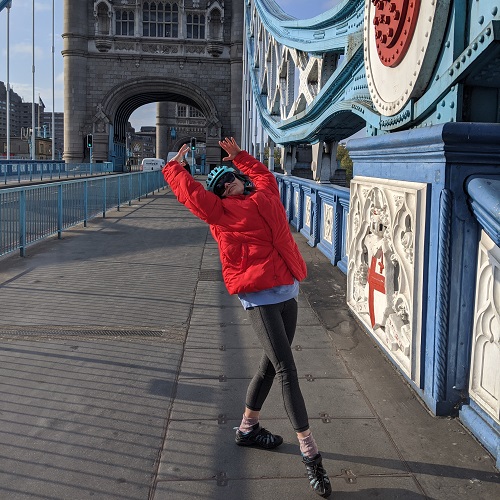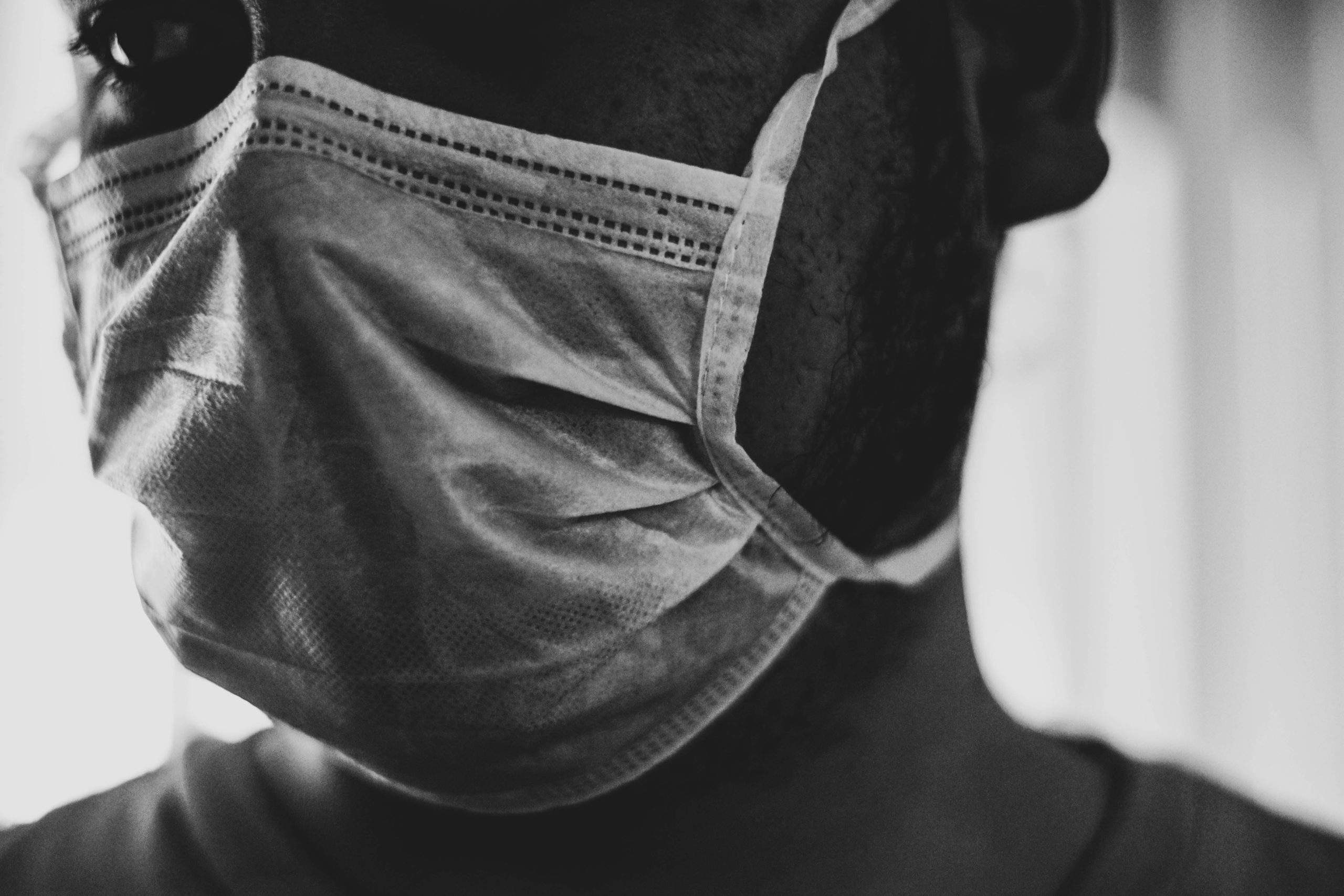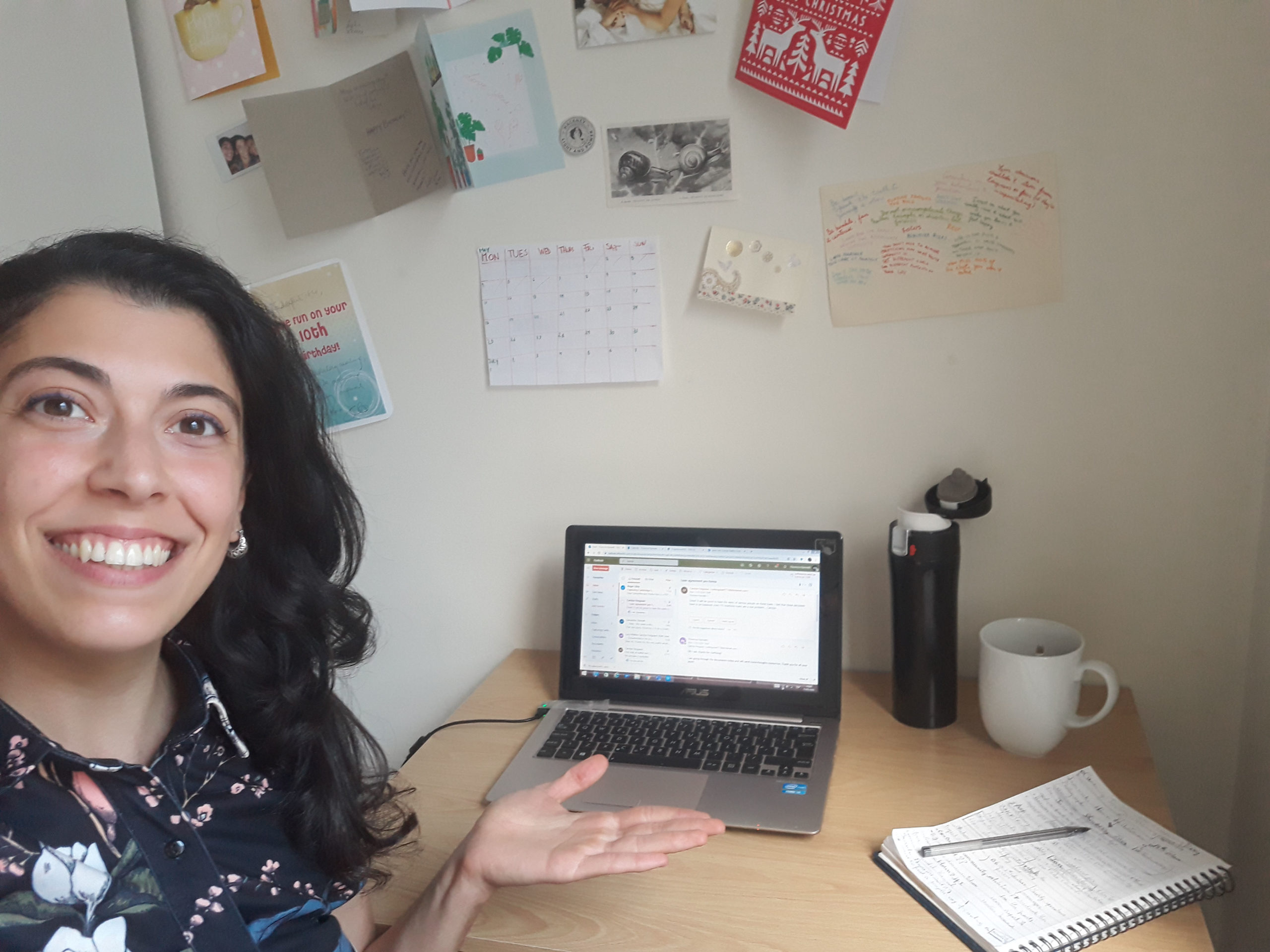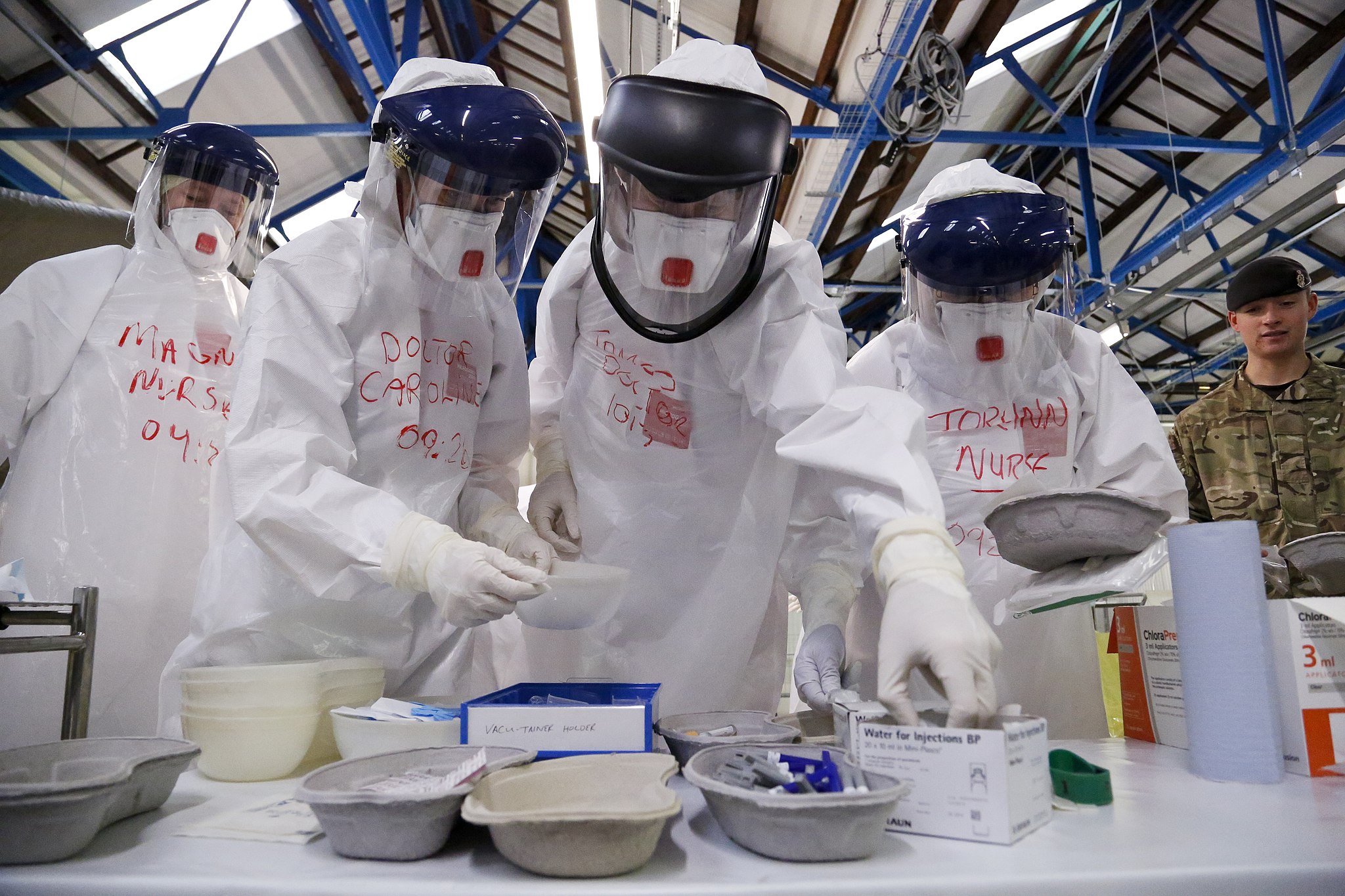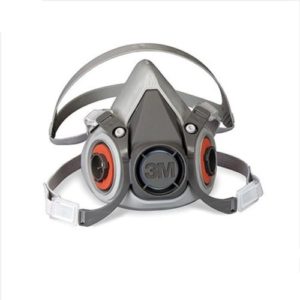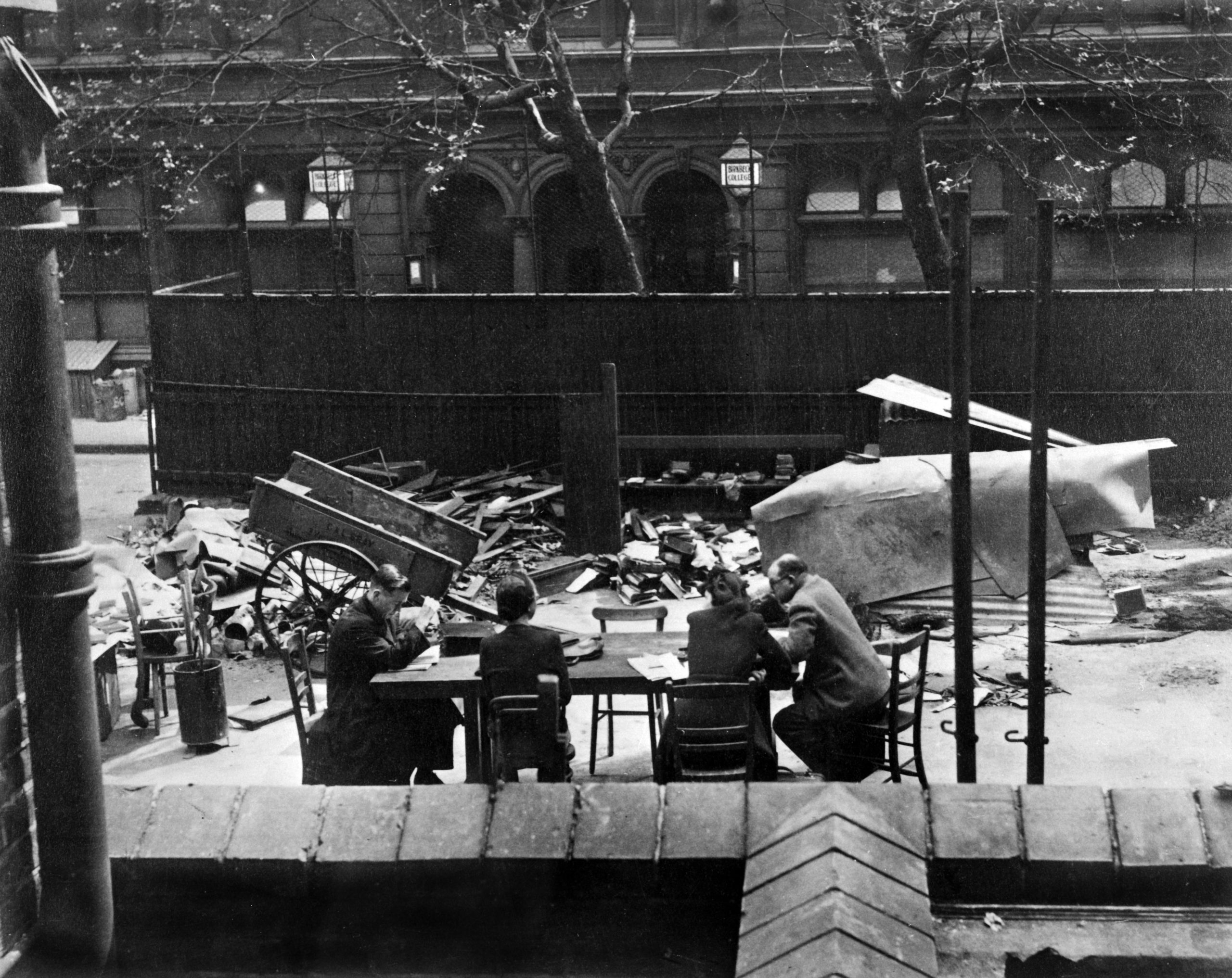Gaining professional experience with the support of Birkbeck Careers service, making friends from all over the world, travelling around the UK and Europe… Namibian alumna Omagano Kankondi, Head of Solution Mapping at the Accelerator Lab under United Nations Development (UNDP) talks about her experience at Birkbeck.
Can you tell us about your background?
I am originally from Okahao which is in the northern part of Namibia, I currently live in the capital city Windhoek. In 2005, I started my tertiary education in Cape Town at the Cape Peninsula University of Technology, and I was there till 2011. During my time there I obtained a National Diploma in 3D Design, a Bachelor of Technology in Product Design and a Master’s in Design focusing on Socially Responsible Design. I graduated from my Masters in 2012 and four years later I started on the MSc in Business Innovation with Entrepreneurship and Innovation Management.
Why did you decide to study at Birkbeck?
It was always my intention to get a qualification that was business-centred because I felt as a designer who had the intention of going out on my own in the future, I really needed it. In 2012 I started working for the Ministry of Trade and Industry in Namibia as a Design Consultant, focusing on product development for SMEs. Working here, sparked my curiosity for business studies. Initially, I had wanted to pursue an MBA but after much contemplation, I realised an MBA was not the route I wanted to take.
When I came across this programme at Birkbeck I believed it would suit me perfectly. The MSc in Business Innovation with Entrepreneurship and Innovation Management had the right balance of business focus and innovation, so I was even more pleased when I was awarded a Chevening scholarship.
How was studying at Birkbeck?
I found the staff to be friendly and approachable, whenever I approached a staff member with a query or problem, they always offered their full assistance. This was the case for staff on all levels.
I made a really good set of friends. We were a diverse bunch, a small United Nations. We started off as a study group and soon we were planning epic trips together, I think our most memorable trip was to the Austrian Alps. My very patient friend Kevin tried to teach me how to ski for the very first time but despite his best efforts, I couldn’t quite get the hang of it. We all still stay in touch via our WhatsApp group and we check in every now and then.
I didn’t officially join any social clubs, but I did attend a couple of activities organised by the International Students forum. One such activity was a tour to Houses of Parliament which I thoroughly enjoyed.
When I started writing my dissertation, I thought it would be the right time to look for work experience because my schedule was way more flexible, but I was not making any headway. I reached out to the Birkbeck Futures and one of the staff members helped me review my CV and gave me guidance on how to improve it. I eventually secured a job at Good Innovation London.
How was it living in the UK?
When I moved to Cape Town it was my first time moving away from home. At that time I really wanted to live in halls of residence but was unable to get a place, so when I moved to London, I decided that I would live in halls for the experience. I got a place in Connaught Hall right next to campus which was so convenient and cost-effective for me. I loved the experience and I got to make great friends in halls (Hi Russel, Isaiah, Hanako and Shezard!) but I must admit sharing bathrooms was an interesting experience I do not need to relive.
My London experience was amazing, and I would do it again in a heartbeat. I made sure to get to know London; going to art shows, concerts (please tell Adele she still owes me a concert from that time in 2016), joining my brunch club in various parts of London to try out Instagram–worthy dishes and chilled hangouts with friends from the African diaspora. I think my initial challenge was getting used to the pace of the work at Birkbeck but I eventually got the hang of it – my main challenge turned out to be the lack of sun! I come from one of the sunniest places in the world so this was a tough adjustment. One of the things I enjoyed and miss the most about London is the variety in Every. Single. Thing!!
London living showed me that with the right support structure all things are possible. I think one of the ways I have changed is that my level of tenacity has been boosted, ‘try just one more time’ has become a self-cheer and part of my way of doing things.
What have you done since graduating from Birkbeck?
I am currently employed as the Head of Solution Mapping at the Accelerator Lab under United Nations Development (UNDP) in Namibia. The accelerator Labs are the UNDP’s new service offering that works with people, governments, and the private sector to reimagine development for the 21st century. Together with the Head of Experimentation and Head of Exploration our main objective at the #AccLabNam is to support the UNDP Country Office in addressing wicked complex challenges in Namibia. At the lab we hope to create people-centred solutions “where today’s moonshots1 become tomorrow’s breakthroughs.”
I landed a job which combines my social responsibility and design background and innovation at the United Nations Development Programme, which was on my vision board as a dream employer.
My journey has been a little unusual, I started as an industrial designer but now work in development. The one thing that has remained consistent is that at the heart of it all, my work has always been about people so if you would like to keep people at the centre of your work, my advice would be, as cliché as it might sound, remember why you started and how it can contribute to the big picture of not leaving anyone behind.
What advice would you give other people thinking of studying at Birkbeck?
Do it! You will have the best time, challenging at times and in times like that you can pop over to The George Birkbeck bar.
😊



